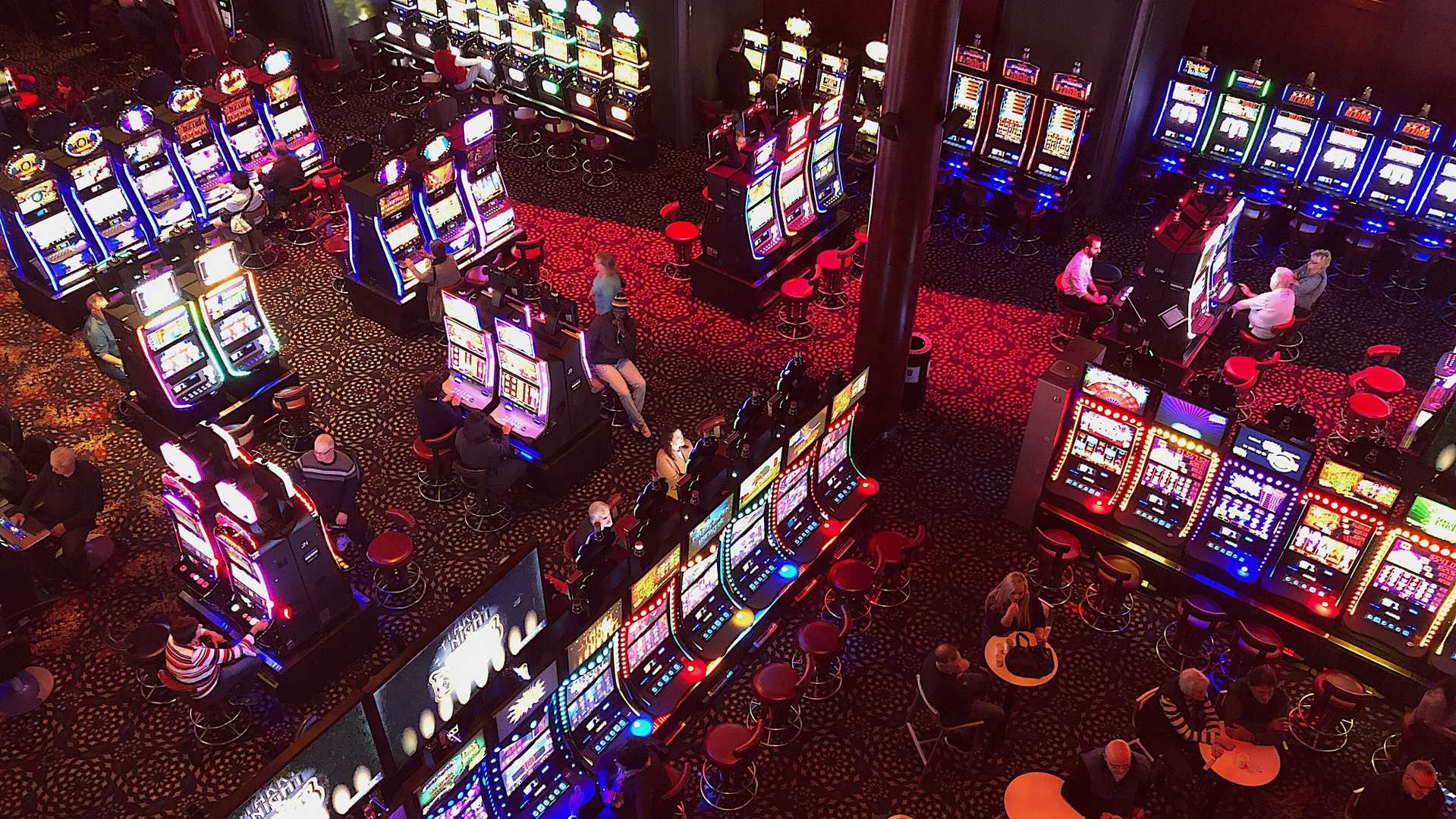Casinos have always symbolized excitement, luxury, and thrill. But have you ever wondered why they are designed the way they are? The answer lies in a mix of psychology, architecture, and some good old marketing. Let’s delve into the fascinating facts behind casino design and see how it keeps players engaged.
Creating a Timeless Space
Ever noticed the absence of clocks or windows in brick-and-mortar casinos? This is a deliberate design choice. By eliminating these elements, casinos create a timeless environment where players lose track of time, immersing themselves in the gaming experience. The neon lights and dark interiors provide a feeling of perpetual night, disconnecting players from stresses associated with daytime. The focus remains on the game, and distractions are minimized.
Anchoring and Priming in Casino Psychology
The concept of “anchoring” is prevalent in casinos. By providing a variety of jackpots, players are subtly encouraged to discover and chase the most advantageous offers, investing more into the game than they otherwise might have. This is closely related to the psychological effect of “priming.” When exposed to high-value items, players become primed to spend more, often without realizing the influence.
Positive Reinforcement
Casinos understand the power of “positive reinforcement.” Players are more likely to continue playing if they experience frequent wins, even small ones. This effect is achieved using more frequent paying slot machines and offering enticing bonuses and promotions. The thrill of a win, no matter its size, keeps players coming back for more.
Social proof
Humans are social beings. We often look to others for cues on how to behave. When the people you are surrounded with use the same product or engage in a shared activity, it is a warranty of its value and worth. Casinos leverage the “social proof” principle by placing popular games in high-visibility areas. Players are more likely to join in when they see others engaged and winning.
Navigating the Casino Labyrinth
Bill Friedman, a pioneer in casino design, introduced many principles that have become synonymous with the casino image. His architecture often featured labyrinthine layouts, intimate settings, and a focus on keeping players’ eyes on the prize – the games. Narrow walkways, compact rooms, and strategically placed games ensure players are engaged and betting.
The Power of Loss Aversion
One of the foundational psychological principles in casino design is something called “loss aversion.” Simply put, players are more motivated to continue playing to avoid losing their money than to win more. This principle is cleverly integrated into the casino environment and game design. The potential for huge wins creates an expectation that keeps players on their toes and invested in the game.
Digital Revolution: The Online Casino
Casino design principles aren’t limited to physical spaces. Online gaming platforms rely heavily on game design to entice their player base. While the environment differs, the core principles stay the same: keep players captivated, rewarded, and eager for more. Check out the popular live roulette at West Casino featuring live dealers for a prime example of engaging online casino game design!
Conclusion
The world of casino design teaches us a lot about human behavior. Utilizing key psychology principles, architecture, and marketing, casinos craft an experience that’s hard to resist. Whether you’re a casual player or a gaming enthusiast, understanding these design principles can enhance your appreciation of the casino world and even help you leverage it to your advantage.











